#the story of film
Text
A murder mystery film set in a medieval village. After an outbreak of plague, the villagers make the decision to shut their borders so as to protect the disease from spreading (see the real life case of the village of Eyam). As the disease decimates the population, however, some bodies start showing up that very obviously were not killed by plague.
Since nobody has been in or out since the outbreak began, the killer has to be somebody in the local community.
The village constable (who is essentially just Some Guy, because being a medieval constable was a bit like getting jury duty, if jury duty gave you the power to arrest people) struggles to investigate the crime without exposing himself to the disease, and to maintain order as the plague-stricken villagers begin to turn on each other.
The killer strikes repeatedly, seemingly taking advantage of the empty streets and forced isolation to strike without witnesses. As with any other murder mystery, the audience is given exactly the same information to solve the crime as the detective.
Except, that is, whenever another character is killed, at which point we cut to the present day where said character's remains are being carefully examined by a team of modern archaeologists and historians who are also trying to figure out why so many of the people in this plague-pit died from blunt force trauma.
The archaeologists and historians, btw, are real experts who haven't been allowed to read the script. The filmmakers just give them a model of the victim's remains, along with some artefacts, and they have to treat it like a real case and give their real opinion on how they think this person died.
We then cut back to the past, where the constable is trying to do the same thing. Unlike the archaeologists, he doesn't have the advantage of modern tech and medical knowledge to examine the body, but he does have a more complete crime scene (since certain clues obviously wouldn't survive to be dug up in the modern day) and personal knowledge from having probably known the victim.
The audience then gets a more complete picture than either group, and an insight into both the strengths and limits of modern archaeology, explaining what we can and can't learn from studying a person's remains.
At the end of the film, after the killer is revealed and the main plot is resolved, we then get to see the archaeologists get shown the actual scenes where their 'victims' were killed, so they can see how well their conclusions match up with what 'really' happened.
#film ideas#plotbunny#murder mystery#detective stories#period dramas#middle ages#history#archaeology
19K notes
·
View notes
Text
Seen
#art#artist#digital art#animation#illustration#oc#artists on tumblr#animator#animators on tumblr#short film#animated short film#animated stories
11K notes
·
View notes
Text
I'm a lesbian and i see myself in media about bi women, also in media about gay/bi men. even if it's not Entirely made for me, it's still for me. and I know and hope that other gay/bi people are able to see parts of themselves in lesbian media. sorry to be cheesy but we are more similar than we are different and it's those experiences we share that draw us to these stories in the first place, and the reason we're even telling them <3
#how one can go about judging/critiquing these stories from our specific perspectives is a different story though#but whatever. everyone go watch black sails#cin#film#d
28K notes
·
View notes
Text



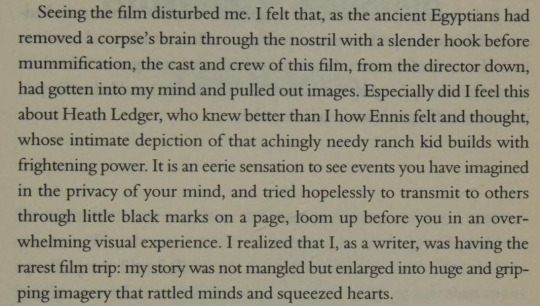


currently reading 'brokeback mountain: story to screenplay' and annie proulx, i just want to TALK
#brokeback mountain#brokeback mountain: story to screen play#annie proulx#films#lit stuff#ang lee#heath ledger#jake gyllenhaal#'no it is a story of destructive rural homophobia' no KIDDING#-.-#the heath bit took me tf out too#jfc#jesus christ#if the coffee pot is true……. 😩💔#lgbt
15K notes
·
View notes
Text
a queer love story about two Mexican boys that had the misfortune of being released right in the middle of the strikes because the movie hasn’t gotten any promo (because it can’t) and no one but the fans of the books are watching it
I am begging y’all to go watch Aristotle and Dante Discover the Secrets of the Universe before it leaves theaters (which will be very soon)
4K notes
·
View notes
Text
1K notes
·
View notes
Text
Note: this list references the 1961 version of West Side Story and the 1954 version of A Star Is Born.
#american film institute#afi#musical film#movie musical#old hollywood#old films#old movies#vintage movies#technicolor#classic film#classic cinema#singin in the rain#west side story#west side story 1961#the wizard of oz#the sound of music#cabaret#mary poppins#cabaret 1972#my fair lady#an american in paris#meet me in st. louis#1930s movies#1940s movies#1950s movies#1960s movies#1970s movies#movie polls#a star is born#a star is born 1954
937 notes
·
View notes
Photo







“Towards the end of Persona, the film breaks down and seems to release a series of images which it had been repressing. It’s as if the filmstrip had so far been a pure of consciousness through which the farcical, violent and disturbing subconscious images erupt. Film didn’t only tell the story, it was the story.”
- Mark Cousins on Ingmar Bergman’s film, Persona.
1 note
·
View note
Text
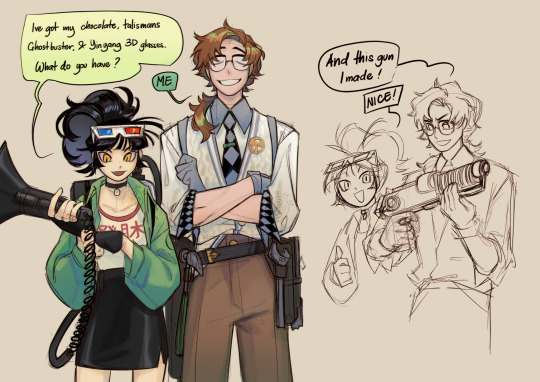
Just a ghostbuster and her certified horror expert going around in spooky places and busting ghosts
#they try to convince blonney to film their shenanigans#horropedia might spread horror stories (misinformation) aboutbthe places they go to#reverse: 1999#reverse 1999#re1999#r1999#reverse 1999 fanart#reverse 1999 horropedia#horropedia#reverse 1999 an an lee#an an lee#digital art#nomi arts#my art
2K notes
·
View notes
Text

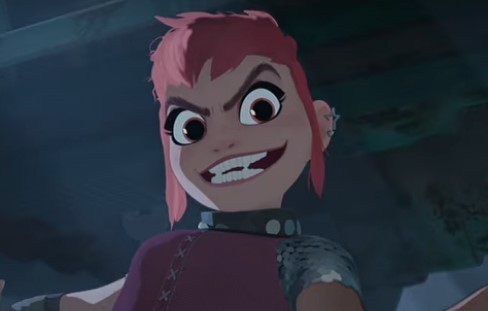

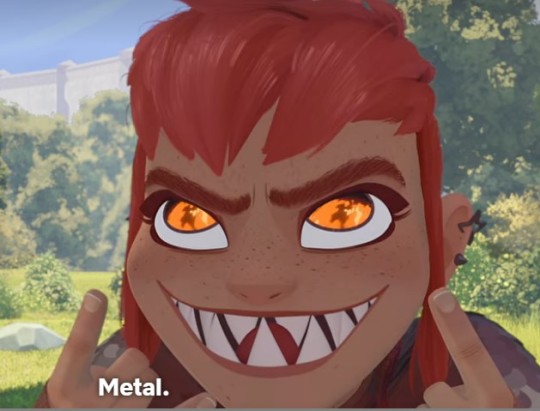
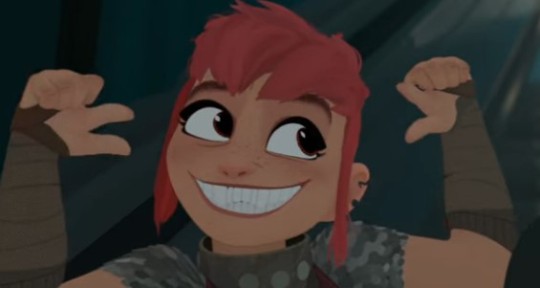

This is a PSA to watch nimona just for the expressions alone
#and the animation#and the story#and the queerness#and for eugene lee yang#Please watch this movie#nimona#nimona film#animation#nd stevenson
4K notes
·
View notes
Text

3rd Saltburn watch last night 😽 Farleigh and Oliver’s relationship remains the most interesting to me,,,
#IM GONNA EXPLODE ARCHIE MADEKWE SHARED THIS ON HIS STORY AAAHHH#I could talk about them all day#Saltburn#saltburn fanart#saltburn 2023#saltburn movie#Saltburn film#farleigh start#oliver quick#archie madekwe#barry keoghan#quickstart
2K notes
·
View notes
Text
Writing a Story from Start to Finish - Guide
I see you guys in the tags and reblogs talking a lot about how you have a desire to write, but have no clue what to write about, or where to even start figuring that out. While starting any project can be incredibly daunting, I wanted to put together a little guide to hopefully make it a bit more accessible. Be warned, this will probably be a long post.
Step 1: Form an idea
All writing begins with this: an idea. Ideas can start as small as an object, or as big as a world or cast of characters. What’s important is that your idea genuinely interests you, and makes you want to explore it more.
There are a million ways to gain inspiration for ideas, but my favourite method is a sort of brainstorm/mind map of all the little and big things you find interesting. Any tropes, characters, places, concepts, objects, animals, other stories, etc. you love—write them down. Then, start connecting the pieces. Each connection is one concept or idea you could explore further.
If this doesn’t work for you, try using some writing prompts or check out 15 ways to spark new ideas.
If you are a planner, proceed to Step 2. If you are a pantser, skip to step 7.
Step 2: Create your Protagonist
Now that you have a sort of concept or inspiration to work off of, you need your main character. There are about as many ways to create characters as there are characters themselves, and each method is going to work better or worse for every writer.
At the barest minimum, all your protagonist needs is a Goal to work towards, a Reason for wanting it, and a Flaw that keeps them from having it right away.
These three things can form a baseline character. Consider what the thing they want, why they want it, and what’s keeping from it says about them as a person.
Rapunzel (from Disney’s Tangled) wants to see the ‘floating lights’ on her birthday. She wants to because she believes she will learn more about herself through seeing them. Her fear over disappointing and disobeying her ‘mother’ keeps her from it.
My favourite character creation technique is actually Here—it takes you through creating character in order to create story.
If that one doesn’t work for you, try this one. It is more focused on defining traits and figuring out the personality of the character first.
Step 3: Your Plot is your Protagonist’s Arc
As stated in the character creation technique I shared in Step 2, character is plot. By that I mean, the character’s journey is the plot of the story. We’re here to see the protagonist transform because of the circumstances incited in the beginning.
So to form a plot, we need to know who the character is at the beginning, and what they need to learn by the end.
Your character’s arc is A but B so C:
A – your character and their flaw
B – The conflict they go through
C – how they change
“Obsessed with success, Jenny Beech works tirelessly to earn the approval of her strict parents and graduate top of her class, but when the new girl in town pulls her into a whole new world of excitement and fun, she must stand up for herself against her impossible standards and learn how to be a teen again.”
This one sentence has everything we need to know about this story and character: “Obsessed with success (character trait/flaw), Jenny Beech works tirelessly to earn the approval of her strict parents and graduate top of her class (goal), but when the new girl in town pulls her into a new world of excitement and fun (conflict), she must stand up for herself against her impossible standards and learn how to be a teen again (change).”
If you have these three things, congratulations! You already have a story. If you’d like, you may begin writing it now (skip to step 8). Or…
Step 4: Theme
I did a whole post on theme you should check out here. Essentially, the big takeaway is that your theme is a lesson to impart to the readers—which means it is not a question, it is an answer.
For the example given above, our theme would likely be something like, “Teens need to balance their additional responsibilities as they mature into young adults with the joy of being young and having fun.” Or, “Friends and a close social network is more important than having the best grades.” Or, “It’s important to take frequent time away from work in order to maintain one’s humanity.” Etc. Etc.
Theme is conveyed through what your characters need to do to succeed (or what they do that causes their failure). If Jenny lets loose and suffers consequences for it in the end, we’re saying that she should have stuck to her studies rather than letting herself have fun. If she lets loose and is rewarded with a greater relationship with herself and her parents, we’re saying that was the correct thing to do.
Step 5: Outlining
Now that we have a plot and a theme, we can outline our story. An outline is like a roadmap of what you’re writing. It can be as specific or broad as you want. My outlines tend to follow this structure, and I improvise the little stuff in between, but if you need to get all your ideas within your outline, that’s good too!
Just make sure your notes make sense to you so when you need to know where to go next, you have a handy tool just for that.
Step 6: Worldbuilding
Worldbuilding is probably where you’ll spend the most time because there’s just so much. However, I also find it one of the most fun parts. The minimal thing you need to know is your world’s normal, and how that normal is disrupted in the inciting incident.
Jenny’s normal is school work and trying to impress her parents. The disruption is the new girl in town.
Rapunzel’s normal is the tower and her hobbies. The disruption is Flynn breaking in.
I did a more in-depth post on worldbuilding here, but the basics is just ask questions, explore consequences, and do plenty of research.
Which brings us to…
Step 7: Research
This can also be done after your first draft, but can’t be skipped entirely. It’s important when trying to convey experiences that may not be wholly your own, or unique perspectives, that you understand the context behind those things in the real world.
Once again, ask questions, talk to people, and remain open to what you find.
Step 8: We can start writing now
Now that you have all your planning ducks in a row (or have a good inspiration to jump from) it’s time to start writing! Either go from the outline you built, or just try out scenes. I have some tips for actually writing the dang thing that I’ll put here:
Let me know how your writing goes, good luck!
#writing#creative writing#writers#screenwriting#writing community#writing inspiration#books#film#filmmaking#writing advice#writing masterlist#writing a story from start to finish#novel writing#planning
3K notes
·
View notes
Text

“I am a cemetery by the moon unblessed.”
― Charles Baudelaire, Paris Spleen
#horror#gothic horror#gothic aesthetic#cemetary#graveyard#horror story#horror films#horror art#horror movies#gothic romance#victorian#1800s#late 1800s#1800s art#early 1800s#early 1900s#1900s#circa 1900#1900s art#early 20th century#gravestone#headstone#tombstone#grave
3K notes
·
View notes
Text

chloe sevigny.
#chloe sevigny#bones and all#american horror story#actress#film#film photography#photoshoot#photography#fashion
1K notes
·
View notes
Photo

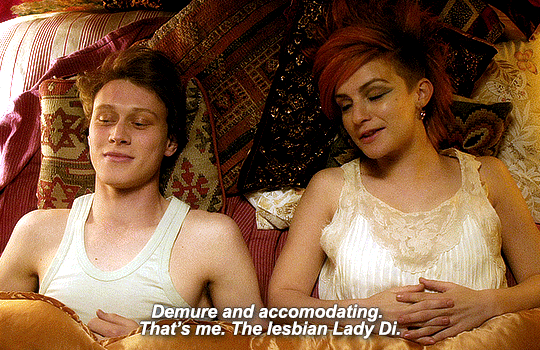

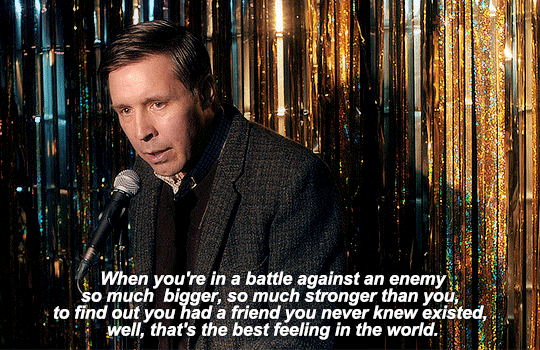
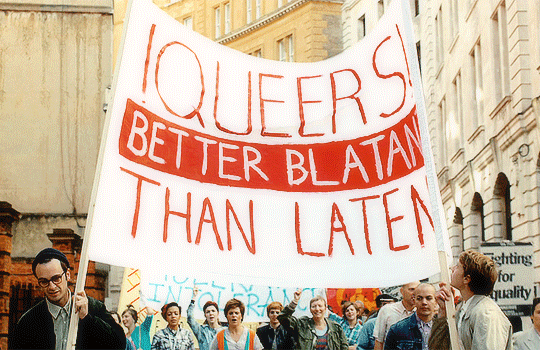
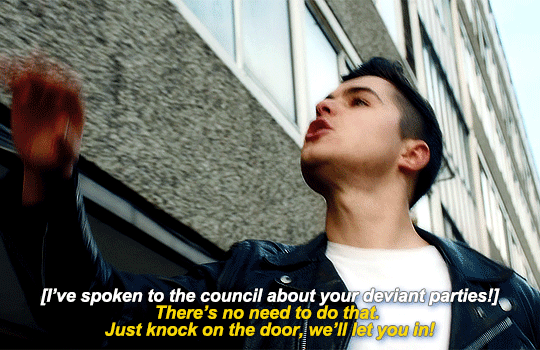
@pscentral event 09: comfort → comfort movie: pride (2014) dir. matthew warchus
And why should gay people like me support the miners? Because miners dig for coal, which produces power, which allows gay people like you to dance to Bananarama till 3 o'clock in the morning.
#pride 2014#pride#lgsm#faye marsay#paddy considine#dominic west#filmedit#lgbtcinema#perioddramaedit#perioddramacentral#by comfort movie I mean I absolutely BAWL every time#userbbelcher#if I ever need a pick me up the soundtrack is non-stop bangers honestly bread and roses and bronski beat in the same mix chefs kiss#a story about the uk struggling with lgbt hatred and increasing industrial action. still resonates#pride movie#pride film#userrobin#usercim#omgari#usersawah
8K notes
·
View notes
Text
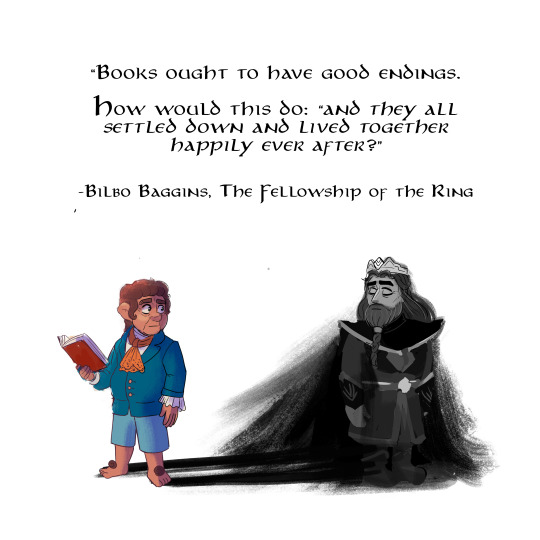
A quick Bilbo/Thorin drawing
#the hobbit#retelling the hobbit#bagginshield#I think about this quote a lot#in context it's bilbo cheering up frodo#but like!#the original lotr films ran with the interpretation that Bilbo's adventure wasn't as cheerful as he pretended it was#and that he gave Frodo an idealized 'happy' version of the story that wasn't necessarily the truth#and thats there in the book as well and it's..good!#its so interesting#the idea that Bilbo decides he'll rewrite his life to be happier and to fit a satisfying narrative
2K notes
·
View notes